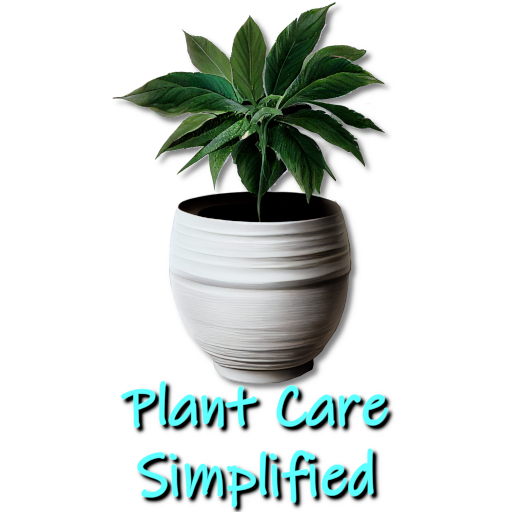The Best Soil for Lipstick Plant: A Comprehensive Guide
Kim is passionate about helping people create beautiful, healthy indoor spaces that are filled with plants. Kim believes that plants make us happier, healthier human...
The quality of soil is crucial for the growth and health of plants. Choosing the best soil for lipstick plant (Aeschynanthus) is particularly important as it can greatly impact their growth and flowering. Below we will provide comprehensive information on the best soil for Lipstick Plants.
Factors to Consider When Choosing the Right Soil for Lipstick Plants
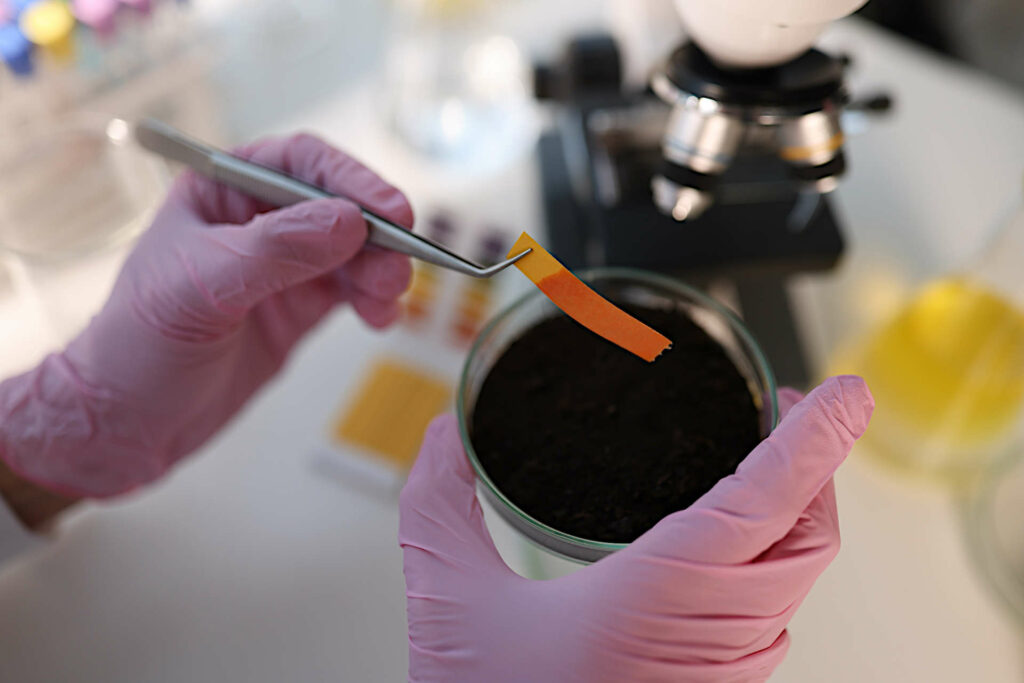
pH Levels
The ideal pH range for Lipstick Plants is 5.5-6.5. pH levels matter for plant growth and health because they affect the availability of nutrients in the soil. For example, if the soil pH is too high or too low, certain nutrients may become unavailable to the plant, leading to nutrient deficiencies and poor growth.
Testing pH Levels
You can test soil pH levels using a pH meter or a soil test kit. These are widely available at garden centers and online. If your soil pH is outside the ideal range for Lipstick Plants, you can adjust it using lime (to raise pH) or sulfur (to lower pH). It’s important to follow the manufacturer’s instructions and apply these amendments in the recommended amounts.
DIY methods for testing the pH level of lipstick plant soil
There are several DIY methods for testing the pH level of the soil. One simple method is to use a pH test strip or litmus paper. Moisten a small amount of soil with distilled water and dip the test strip into the soil. Compare the color of the test strip to the color chart provided to determine the soil pH.
Another DIY method is to use a vinegar and baking soda test. To do this, collect two small samples of soil and place them in separate containers. Add 1/2 cup of vinegar to one container and observe any reaction. If the soil fizzes, it indicates that the pH is alkaline (above 7). If there is no reaction, add 1/2 cup of water and 1/2 cup of baking soda to the other container and observe any reaction. If the soil fizzes, it indicates that the pH is acidic (below 7).
Nutrient Content
Lipstick Plants require essential nutrients such as nitrogen, phosphorus, and potassium for healthy growth and flowering. Nitrogen promotes leafy growth, phosphorus supports root development and flower production, and potassium helps with overall plant health and stress tolerance.
There are two main types of fertilizers for a lipstick plant: organic and synthetic. Organic fertilizers are derived from natural sources such as bone meal, blood meal, or fish emulsion. They release nutrients slowly over time and improve soil health by adding organic matter. Synthetic fertilizers are chemically manufactured and provide nutrients quickly but do not improve soil health.
When choosing a fertilizer for Lipstick Plants, look for a balanced fertilizer with an NPK ratio that provides equal amounts of nitrogen, phosphorus, and potassium. Follow the manufacturer’s instructions for application rates and frequency.
Texture and Drainage

Good drainage is important for root health as it prevents waterlogging and root rot. Soil texture refers to the proportions of sand, silt, and clay particles in the soil. Sandy soils have large particles and good drainage while clay soils have small particles and poor drainage.
You can improve soil texture and drainage by adding organic matter such as compost or peat moss. These materials help to loosen heavy clay soils and improve water retention in sandy soils. When adding organic matter, mix it thoroughly into the top 6-8 inches of soil.
Contamination and Safety
It’s important to avoid using soil that contains harmful substances such as heavy metals or chemical residues. These can be toxic to plants and may also pose a risk to human health.
Safe alternatives to contaminated soil include commercial potting mixes or homemade soil blends using organic materials such as peat moss, perlite, vermiculite, and compost. These materials are free from harmful contaminants and provide good drainage, nutrient content, and pH levels for Lipstick Plants.
If you need to handle or dispose of hazardous materials such as contaminated soil or chemical fertilizers, be sure to follow local regulations and guidelines for safe handling and disposal.
Different Types of Soil for Lipstick Plants
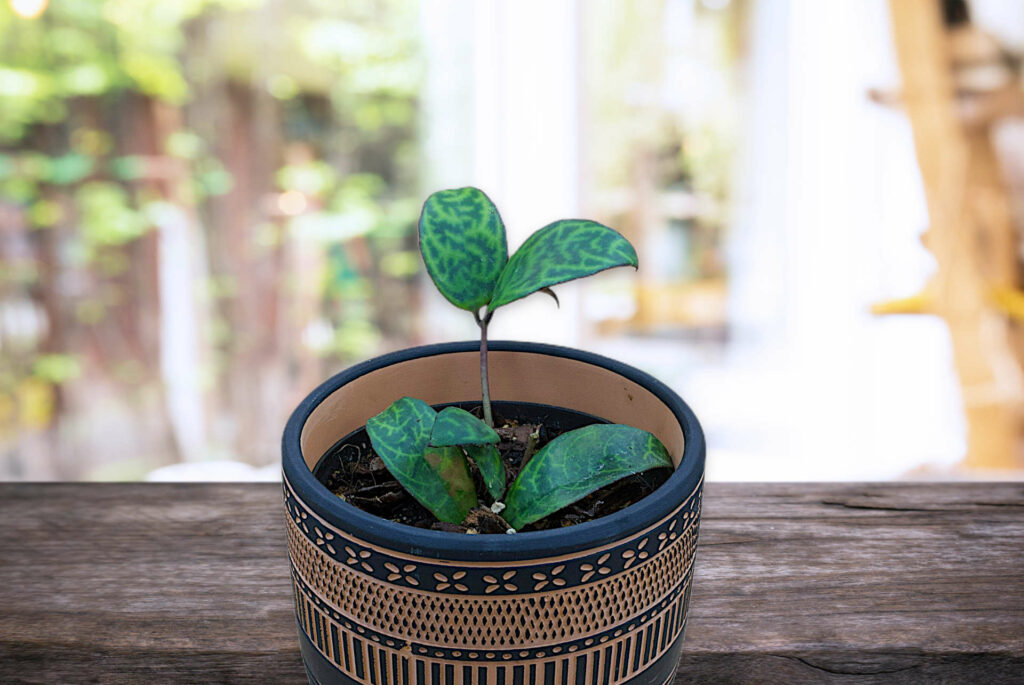
Organic Soil
Organic soil is derived from natural materials such as composted plant matter, animal manure, or worm castings. It is rich in organic matter and provides essential nutrients for plant growth.
Potting Mix
Potting mix is a lightweight soilless growing medium designed for use in containers. It typically contains a blend of peat moss, perlite, vermiculite, and other organic materials that provide good drainage and aeration.
Peat-Based Soil
Peat-based soil is made from partially decomposed plant matter harvested from peat bogs. It has a high water-holding capacity and is often used as a base for potting mixes. Coco coir, sometimes called coco peat is a sustainable alternative to natural peat and can be used with lipstick plants.
Other Soil Amendments for Lipstick Plants
In addition to the above soil types, there are other amendments that can be added to improve soil quality for Lipstick Plants. These include coconut coir (a sustainable alternative to peat moss), shredded bark (to improve drainage), and biochar (a form of charcoal that improves soil fertility).
Pros and Cons of Each Soil Type
Advantages and Disadvantages of Organic Soil
Organic soil has several advantages for Lipstick Plants. It is rich in organic matter and provides essential nutrients for plant growth. It also improves soil structure and water-holding capacity.
However, organic soil can also have some disadvantages. It may contain weed seeds or pathogens that can harm plants. It can also be heavy and difficult to work with.
Pros and Cons of Potting Mix for Lipstick Plants
Potting mix has several advantages for Lipstick Plants grown in containers. It is lightweight and easy to work with. It provides good drainage and aeration, which are important for root health.
However, potting mix can also have some disadvantages. It may dry out quickly and require frequent watering. It may also lack essential nutrients and require regular fertilization.
Benefits and Limitations of Vermiculite and Perlite Mix
A mix of vermiculite and perlite can provide several benefits for Lipstick Plants grown in containers. Vermiculite improves water retention, while perlite improves drainage and aeration.
However, this mix can also have some limitations. It may not provide sufficient nutrients for plant growth and may require regular fertilization. It may also be less stable than other soil types and require repotting more frequently.
Considering Alternative Soil Amendments for Lipstick Plants
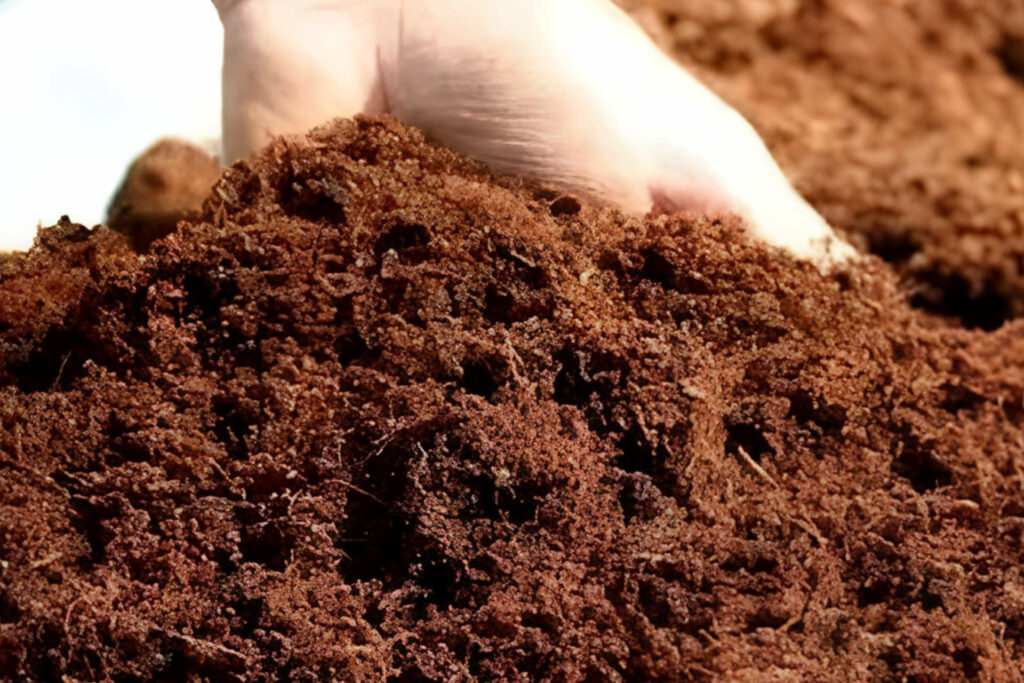
When choosing soil amendments for Lipstick Plants, it’s important to consider their benefits and limitations. Coconut coir is a sustainable alternative to peat moss that improves water retention but may not provide sufficient nutrients on its own. Shredded bark improves drainage but may not provide sufficient water retention on its own.
Choosing the Best Soil Options for Lipstick Plants
Choosing a Potting Mixes
There are commercial potting mixes specifically designed for Lipstick Plants that provide optimal pH levels, nutrient content, and drainage. These mixes typically contain a blend of peat moss, perlite, vermiculite, and other organic materials.
You can also create your own DIY potting mix using organic ingredients such as peat moss, perlite, vermiculite, compost, and worm castings. A good basic recipe is 1 part peat moss, 1 part perlite or vermiculite, and 1 part compost or worm castings.
When repotting Lipstick Plants into fresh soil, be sure to choose a container with drainage holes to prevent waterlogging. Loosen the root ball gently with your fingers to encourage new root growth. Fill the container with fresh potting mix, leaving enough space at the top for watering. Water thoroughly after repotting.
Using Garden Soils
Natural garden soils with optimal pH and nutrient levels can also be used for Lipstick Plants. However, garden soils can vary widely in their texture, drainage, nutrient content, and pH levels.
You can amend garden soils with organic matter such as compost or manure to improve their texture and nutrient content. Compost adds valuable organic matter to the soil while manure provides essential nutrients such as nitrogen.
Test garden soil pH levels using a pH meter or a soil test kit before planting Lipstick Plants. If the pH is outside the ideal range of 5.5-6.5, you can adjust it using lime (to raise pH) or sulfur (to lower pH). Follow the manufacturer’s instructions for application rates and frequency.
Creating Homemade Soil Blends
You can create custom soil blends using organic materials such as peat moss, perlite, vermiculite, compost, and worm castings. These materials provide good drainage, nutrient content, and pH levels for Lipstick Plants.
To create a homemade soil blend, mix the ingredients thoroughly in a large container or wheelbarrow. A good basic recipe is 1 part peat moss, 1 part perlite or vermiculite, and 1 part compost or worm castings. You can also add other organic materials such as coconut coir or shredded bark to improve drainage and water retention.
Allow the soil blend to cure for several weeks before use. This allows the ingredients to settle and the microorganisms in the compost to become established. Homemade soil blends have the advantage of being customizable to your specific needs but may require more effort to create than using a commercial potting mix.
Key Takeaways: The Best Soil for Lipstick Plant
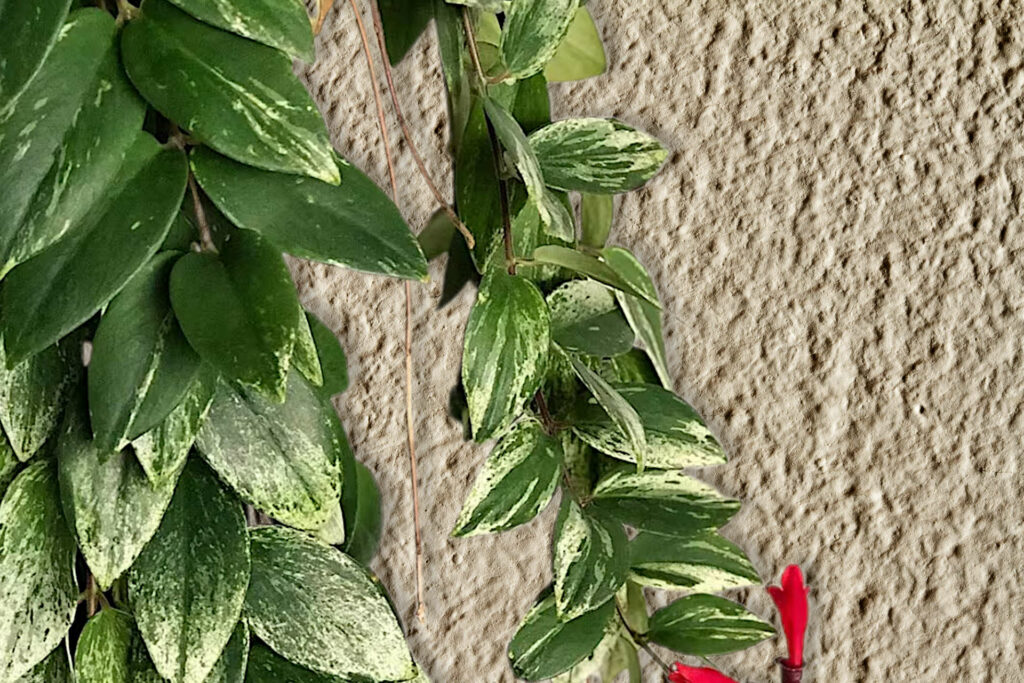
When choosing the best soil for Lipstick Plants, it is important to consider factors such as pH levels, nutrient content, texture and drainage, and contamination and safety. There are several good options available including commercial potting mixes, natural garden soils, and homemade soil blends.
By providing your Lipstick Plant with the best soil possible, irrespective of the lipstick plant variety, you can help it to thrive and produce beautiful flowers.
Commonly Asked Questions
Q: What happens if I use the wrong soil for lipstick plants?
A: Using the wrong soil for Lipstick Plants can lead to poor growth, reduced flowering, and even plant death. Soil that is too heavy, poorly drained, or has the wrong pH or nutrient levels can all have negative impacts on Lipstick Plant health.
Q: Can I use regular garden soil for lipstick plants?
A: Yes, you can use regular garden soil for Lipstick Plants, but it’s important to ensure that it has the right texture, drainage, pH, and nutrient levels. Garden soils can vary widely in their properties, so it’s a good idea to test your soil before planting Lipstick Plants.
Q: How often should I repot my lipstick plant in new soil?
A: Lipstick Plants should be repotted in fresh soil every 1-2 years. This helps to refresh the soil and provide the plant with essential nutrients. When repotting, choose a container that is slightly larger than the previous one and use a well-draining potting mix designed for Lipstick Plants.
Q: Can I make my own lipstick plant soil mix?
A: Yes, you can make your own Lipstick Plant soil mix using organic materials such as peat moss, perlite, vermiculite, compost, and worm castings. A good basic recipe is 1 part peat moss, 1 part perlite or vermiculite, and 1 part compost or worm castings. Mix the ingredients thoroughly and allow the blend to cure for several weeks before use.
Q: Can I use sand in my lipstick plant soil mix?
A: Yes, you can use sand in your Lipstick Plant soil mix, but it’s important to use it in moderation. Sand improves drainage and aeration, but too much sand can cause the soil to dry out quickly and may not provide sufficient water retention for Lipstick Plants. A good rule of thumb is to use no more than 1 part sand for every 3 parts of other soil ingredients.
Q: What are the signs of nutrient deficiency in lipstick plants?
A: Nutrient deficiencies can cause a variety of symptoms in Lipstick Plants. Some common signs of nutrient deficiency include yellowing or pale leaves (nitrogen deficiency), stunted growth or poor flowering (phosphorus deficiency), and leaf curling or browning (potassium deficiency). If you notice any of these symptoms, it’s a good idea to test your soil nutrient levels and adjust your fertilization practices accordingly.
Q: Can I use hydroponics as an alternative soil option for lipstick plants?
A: Yes, Lipstick Plants can be grown using hydroponics as an alternative to traditional soil-based growing methods. Hydroponics involves growing plants in a nutrient-rich water solution rather than in soil. This method provides precise control over nutrient levels, pH, and other growing conditions, but it can be more complex and expensive than traditional soil-based growing methods.
Kim is passionate about helping people create beautiful, healthy indoor spaces that are filled with plants. Kim believes that plants make us happier, healthier human beings, and she loves sharing her knowledge with others so they can experience the joys of plant care for themselves. <a href="https://plantcaresimplified.com/kim-marson/">Read more</a>
More Posts